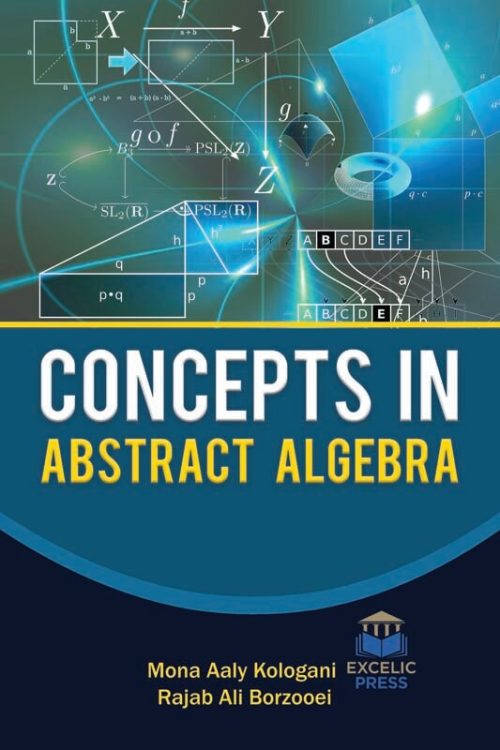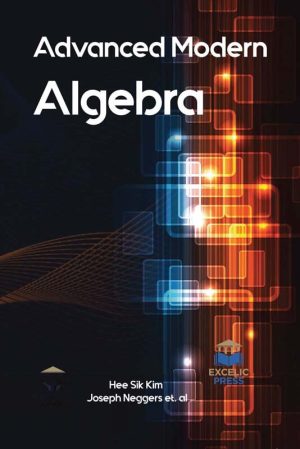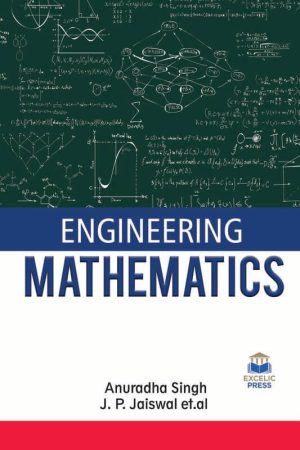Description
Abstract algebra refers to the set of advanced topics of algebra that deal with the study of operations, their properties, and the structures that support them. The most important of these structures are groups, rings, and fields. The mathematical notions of abstract algebra may certainly be well thought-out abstract, but its efficacy is quite concrete and continues to grow in importance. Graph theory has existed for many years not only as an area of mathematical study but also as an intuitive and illustrative tool. In the period of the second half of the 19th century, different important mathematical innovations led to the study of sets in which any two elements can be added or multiplied together to give a third element of the same set.
This book provides state of the art of an advanced set of topics related to algebra, including groups, rings, ideals, fields, and more; this book provides a comprehensive account of the intellectual lineage of abstract algebra. The book starts with the undertaking to examine how algebra, its tools, and its methods, can be used to formulate the mathematics used in applications. It gives particular attention to the mathematics used in application to physics. It suggests that methods first proposed by Henry Siggins Leonard are well suited to such an examination. Further, the book aims to investigate the graph structures on hoop algebras. Hoops are naturally ordered commutative residuated integral monoids, as introduced by Bosbach, and then studied by Büchi and Owens. In the last years, hoop theory has been enriched with deep structure theorems. Many of these results have a strong impact on fuzzy logic. In the next chapter, we examine and survey extensions of Tarksi-like results to the collection of group rings and examine relationships between the universal and elementary theories of the corresponding groups and rings and the corresponding universal theory of the formed group ring. In this book, the graphs of hoop algebras are studied. The book further goes to introduce the notions of generalized commutative laws in algebras, and investigate their relations by using Smarandache disjointness. Moreover, we show that every pre-commutative BCK-algebra is bounded.
The book succeeds with integral manifolds for Leibniz algebras, a generalization for–cocycles, Lagrangian subspaces of manifolds. Reproducing kernel spaces are special Hilbert spaces. These spaces satisfy the reproducing property. There is an important relationship between the order of the problems and the reproducing kernel spaces. Therefore, in the further chapter, we obtain some reproducing kernel spaces. We obtain reproducing kernel functions in these spaces. These reproducing kernel functions are very important for solving ordinary and partial differential equations. The Advanced Encryption Standard (AES) is widely used in different kinds of security applications. In the past 10 to 15 years, some cryptosystems have been constructed by chaotic maps to provide more secure encryption techniques. The safety of secret data can be achieved using dynamical chaotic systems in chaos-based secure communication. The inclusion of chaotic maps in vulnerable schemes can make them more secure against renowned attacks. So, the book closes with a focus on the construction of S-box based on chaotic maps and algebraic structures.





